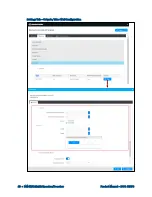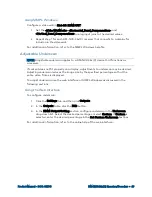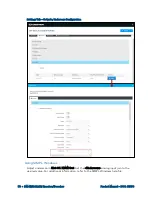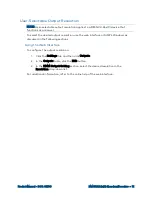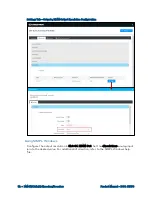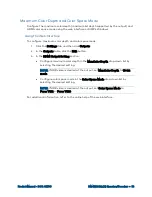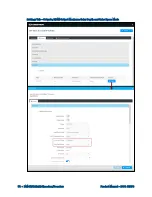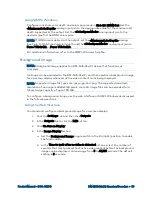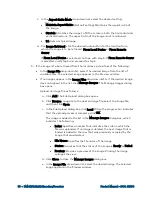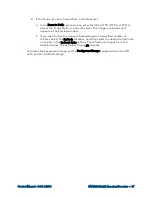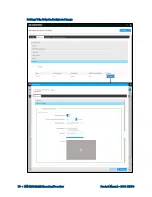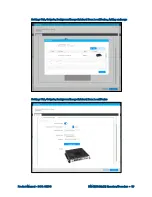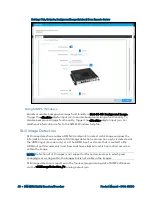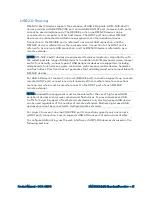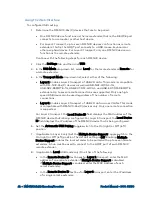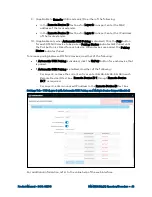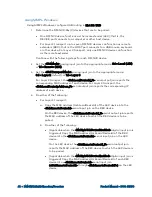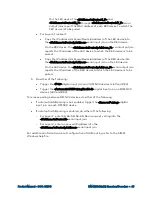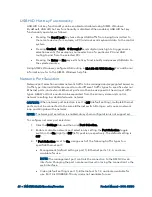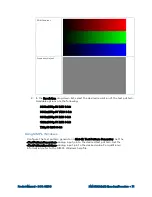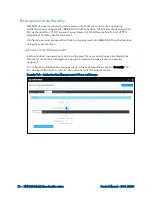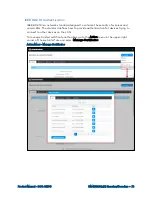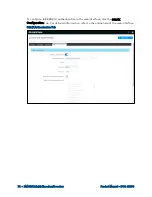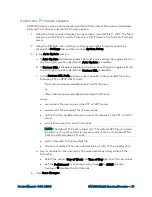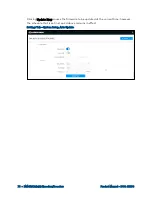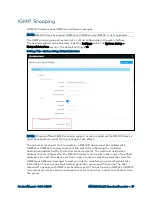
62
•
DM-NVX-36x(C) Encoders/Decoders
Product Manual – DOC. 8879C
Using the Web Interface
To configure USB routing:
1.
Determine the DM-NVX-36x(C) devices that are to be paired:
•
One DM NVX device functions as the local extender; that is, the DEVICE port
connects to a computer or other host device.
•
For Layer 2 transport, up to seven DM NVX devices can function as remote
extenders; that is, the HOST port connects to a USB mouse, keyboard, or
other peripheral device. For Layer 3 transport, only one DM NVX device can
function as the remote extender.
Continue with the following steps for each DM NVX device.
2.
Click the Settings tab and then click USB.
3.
In the USB Mode drop-down list, select Local for the local extender or Remote for
a remote extender.
4.
In the Transport Mode drop-down list, select either of the following:
•
Layer 2: Enables Layer 2 transport of USB 2.0 data. This mode is compatible
with DM-NVX-36x(C) devices as well as USB-NX2-LOCAL-1G,
USB-NX2-REMOTE-1G, USB-EXT-DM-LOCAL, and USB-EXT-DM-REMOTE
extenders. Up to seven remote connections are supported. Only one high-
speed USB device can be used regardless of the number of remote
connections.
•
Layer 3: Enables Layer 3 transport of USB 2.0 data across VLANs. This mode
is compatible with DM-NVX-36x(C) devices only. Only one remote connection
is supported.
For Layer 2 transport, the Local Device ID field displays the MAC address of the
DM NVX device that is being configured. For Layer 3 transport, the Local Device
ID field displays the IP address of the DM NVX device that is being configured.
6.
Set the Automatic USB Pairing toggle switch to the On (right) or Off (left)
position.
7.
(Applicable to Layer 2 only) Set the Multiple Device Support toggle switch to the
On (right) or Off (left) position. The default setting is Off. Enabling Multiple
Device Support enables the local extender to be paired with up to seven remote
extenders. A hub must be used to connect to the HOST port of each DM NVX
remote extender.
8.
(Applicable to Local USB mode only) Do either of the following:
•
In the Remote Device ID text boxes for Layer 2 transport, enter the MAC
address of one remote extender if Multiple Device Support is disabled.
If Multiple Device Support is enabled, enter the MAC address of each
remote extender.
•
In the Remote Device ID text box for Layer 3 transport, enter the IP address
of a single remote extender.

